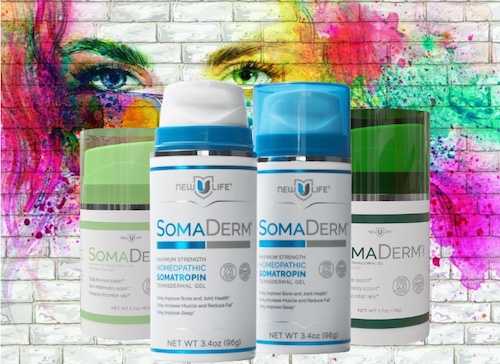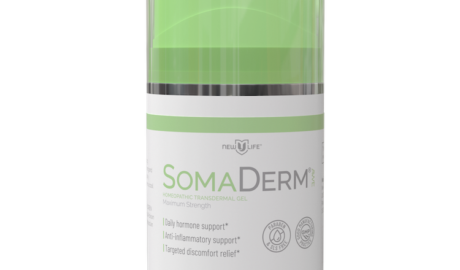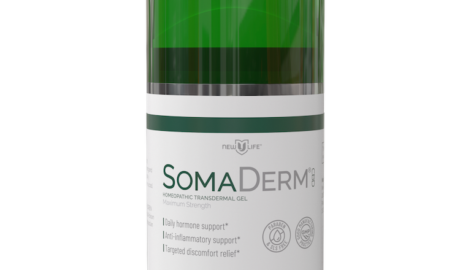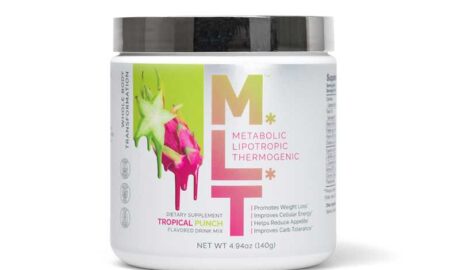 Red Dye # 3 can have deleterious health effects. The cherries are from a canned fruit cocktail sold at the Dollar TreeIsland Choice Diced Fruit Cocktail (cherries have red #3).Linnea Bullion | The Washington Post | Getty Images
Red Dye # 3 can have deleterious health effects. The cherries are from a canned fruit cocktail sold at the Dollar TreeIsland Choice Diced Fruit Cocktail (cherries have red #3).Linnea Bullion | The Washington Post | Getty Images
The Food and Drug Administration said Wednesday it’s banning the use of Red No. 3, a synthetic dye that gives food and drinks their bright red cherry color but has been linked to cancer in animals.
The dye is still used in thousands of foods, including candy, cereals, cherries in fruit cocktails and strawberry-flavored milkshakes, according to the Center for Science in the Public Interest, a food safety advocacy group that petitioned the agency in 2022 to end its use.
The FDA’s decision marks a victory for consumer advocacy groups and some U.S. lawmakers who have long urged the FDA to revoke the additive’s approval, citing ample evidence that its use in beverages, dietary supplements, cereals and candies may cause cancer as well as affect children’s behavior.
Read more from NBC News:
- Los Angeles wildfires cast a shadow over 2028 Olympics
- Mike Johnson eyes April deadline to pass one big MAGA bill through the House, but GOP senators are skeptical
- Childhood vaccination rates, a health bright spot in struggling states, are slipping
Food manufacturers will have until Jan. 15, 2027 to reformulate their products. Companies that make ingested drugs, such as dietary supplements, will get an additional year.
“The FDA cannot authorize a food additive or color additive if it has been found to cause cancer in human or animals,” Jim Jones, the FDA’s deputy director for human foods, said in a statement. “Evidence shows cancer in laboratory male rats exposed to high levels of FD&C Red No. 3.”
What is red dye No. 3?
Red Dye No. 3, approved for use in foods in 1907, is made from petroleum.
The FDA first became aware that the additive was possibly carcinogenic following a study in the 1980s that found tumors in male rats who were exposed to it in high doses. The agency banned the additive in cosmetics in 1990.
“It removes an unnecessary hazard from the American food supply, and we welcome that action, even though it should have occurred more than three decades ago, said Dr. Peter Lurie, president of the Center for Science in the Public Interest, a high-profile food industry watchdog group.
Red No. 3 is already banned or severely restricted in places outside the U.S., including Australia, Japan and countries in the European Union.
Some U.S. food manufacturers have already removed artificial dyes, including Red No. 3, from their products.
All color additives must be approved by the FDA before they are used in food sold in the U.S. There are 36 FDA-approved color additives, nine of which are synthetic dyes.
The FDA has said it has been actively reviewing Red No. 3’s approval following a petition filed by a coalition of organizations, including the CSPI, asking the FDA to revoke the additive’s approval in foods, noting its potential cancer risks.
There are also concerns about whether artificial food dyes might affect children’s behavior. The FDA in 2011 reviewed the possible link between artificial dyes and hyperactivity in children. It determined, however, that no causal relationship could be established.
Although the FDA is now revoking its approval, ending its use nationwide, other states had already taken action.
California as well as 10 other states have already made moves to ban the food dye, according to CSPI.






